Living with asthma in India means more than just managing triggers, it’s about adapting to a constantly changing climate. From scorching summer heat to dusty pre-monsoon winds, weather plays a huge role in how our lungs behave.
In this blog, we’ll explore how different weather conditions, especially summer and pre-monsoon transitions affect asthma and what you can do to stay safe and breathe easier.
Why Weather Matters for People with Asthma
Asthma is highly sensitive to environmental changes. Shifts in temperature, humidity, and air pressure can:
- Narrow your airways
- Increase inflammation
- Trigger allergic reactions
- Make you more susceptible to respiratory infections
Let’s look at how summer and pre-monsoon weather specifically impact asthma.
Summer Heat and Asthma: A Breathing Battle
How Indian Summers Affect Asthma:
- Extreme heat can cause dehydration and inflammation in the airways.
- Ozone levels rise in urban areas due to vehicle and industrial emissions, worsening air quality.
- Dust and pollen in the dry air act as major asthma triggers.
- Indoor irritants like fans blowing dust, closed spaces, and AC filters also pose risks.
Common Symptoms That Worsen in Summer:
- Chest tightness
- Wheezing or noisy breathing
- Shortness of breath
- Coughing fits, especially during or after outdoor exposure
Pre-Monsoon Showers: Relief or Risk?
Why Pre-Monsoon Weather Is Tricky:
- Sudden humidity spikes can trigger bronchoconstriction (narrowing of airways).
- Thunderstorms stir up pollen and mold spores, a phenomenon called thunderstorm asthma.
- Dampness can increase indoor mold growth, especially in poorly ventilated homes.
Unexpected Triggers During This Season:
- Mold and mildew from early rains
- Wet clothes left indoors to dry
- Fungal growth in corners and wardrobes
- High indoor humidity
Tips to Manage Pre-Monsoon Challenges:
- Use a dehumidifier or exhaust fans in closed spaces
- Dry clothes in sunny spots or well-ventilated areas
- Regularly check for mold on walls, carpets, and furniture
- Keep asthma medicines and spacers dry and clean
Navigating the Transition: Summer to Monsoon
Watch Out For:
- Weather swings: Days start hot, end with a sudden chill or storm, bad for asthma control.
- Unplanned exposure: Getting caught in rain without preparation can lead to cold and cough, triggering asthma.
- Pollution and dust: The first few showers often mix with dry dust, creating airborne irritants.
Practical Tips to Protect Yourself
Here’s how to stay ahead of the weather and keep asthma in check:
During Summer:
- Stay indoors from 11 AM to 4 PM
- Wear a mask when outside to filter dust and pollutants
- Keep hydrated, aim for 8-10 glasses of water a day
- Clean fans, coolers, and AC filters regularly
- Avoid street food that might worsen acid reflux (a hidden asthma trigger)
During Pre-Monsoon Showers:
- Use waterproof covers for mattresses and pillows
- Avoid staying in damp or poorly ventilated areas
- Track daily AQI and pollen forecasts via apps
- Keep emergency inhalers or nebulisers handy
- If mold is a frequent issue, consider professional home cleaning
Lifestyle Practices That Help
- Jal Neti/Neti pot for nasal cleansing (especially if you have allergic rhinitis)
- Steam inhalation for clearing nasal blockages
- Breathing exercises like Pranayama to strengthen lung capacity
- Indoor plants like peace lily or snake plant to purify air (but monitor for mold!)
My Personal Experience:
As someone with asthma, I’ve noticed my symptoms flare up when I step out during peak heat hours. The air feels heavier, and it’s often harder to catch my breath, even if the AQI isn’t that bad. Hydration and timing my outings early in the morning help a lot. The monsoon season becomes difficult for me as well, especially when there are sudden shifts in weather. For example, if it’s hot and humid in the morning and it rains by evening, or the other way around, that quick change often throws my body off balance. I’ve noticed that these unpredictable swings are the biggest trigger for me. My breathing feels tight, and I sometimes feel like I’m about to catch a cold even when it’s just my asthma reacting. On such days, I try to stay indoors, keep my rescue inhaler handy, and avoid moving between extreme temperatures too quickly.
Final Thoughts: Tune In to the Weather, Tune Into Your Body
Living in India means dealing with dramatic weather shifts, each bringing its own set of challenges for asthma patients. But by staying informed and proactive, you can reduce flare-ups and live more comfortably.
Have you noticed your asthma worsening during summer or pre-monsoon? Share your experience with others in the Asthma Friend Community, you might help someone feel less alone.





